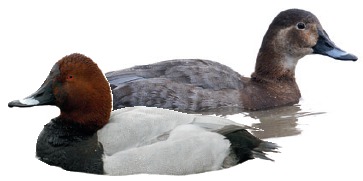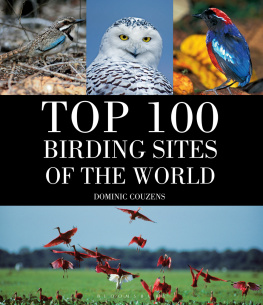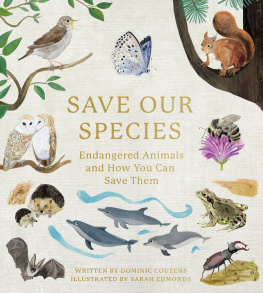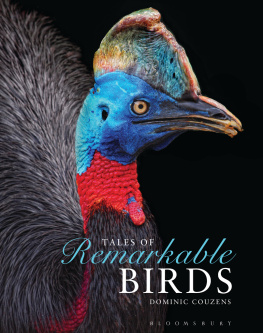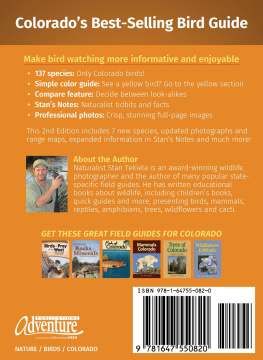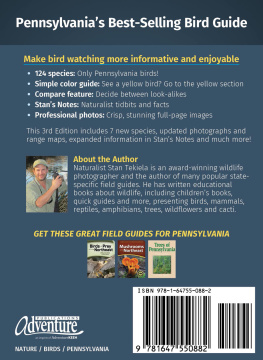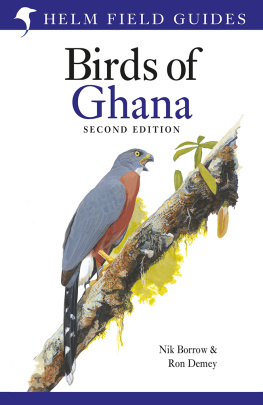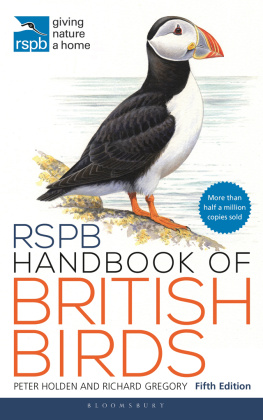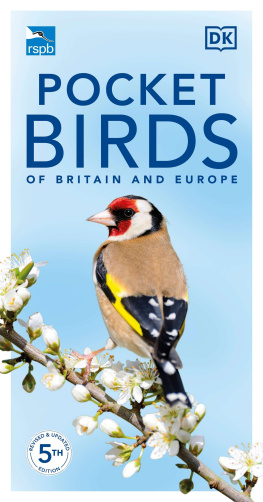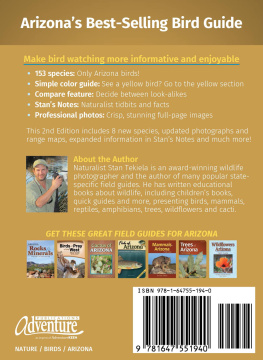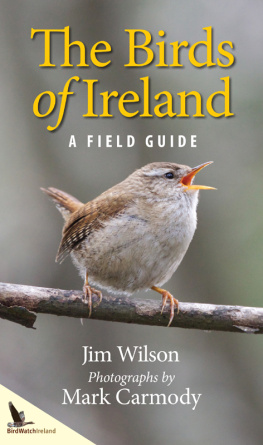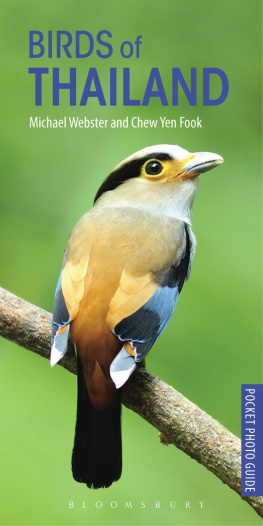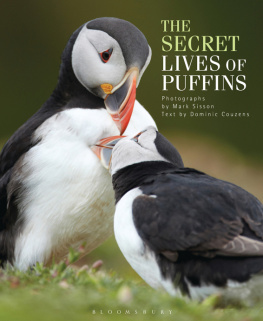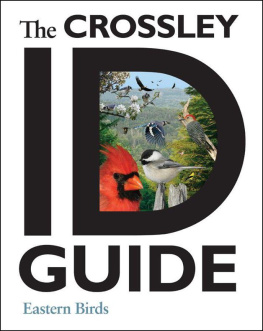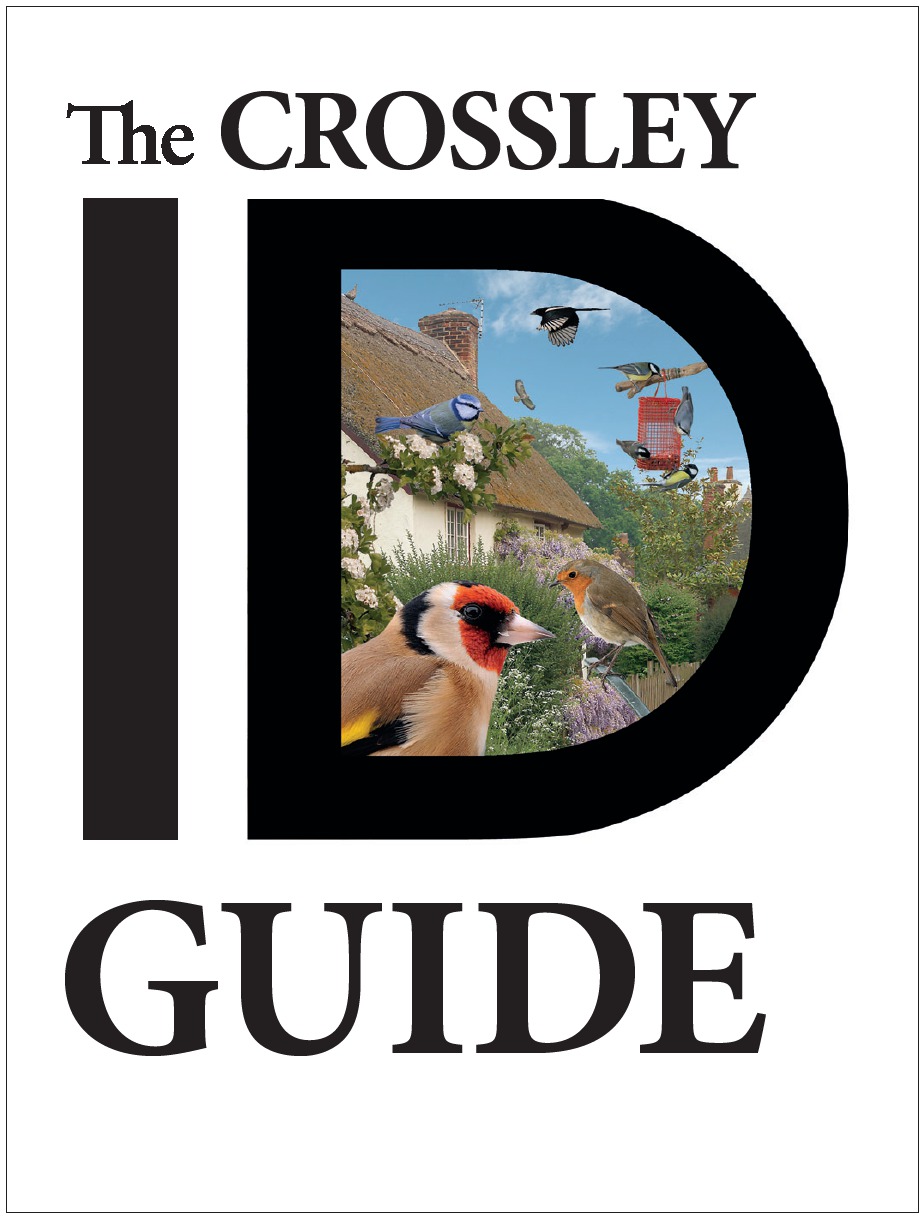
Britain & Ireland
Richard Crossley & Dominic Couzens
Crossley Books
Princeton University Press
Copyright 2014 by Richard Crossley
Requests for permission to reproduce material from this work should be sent to Permissions, Princeton University Press
Published by Princeton University Press, 41 William Street, Princeton, New Jersey 08540
In the United Kingdom: Princeton University Press, 6 Oxford Street, Woodstock, Oxfordshire OX20 1TW nathist.princeton.edu
All Rights Reserved
Library of Congress Control Number: 2013938975
ISBN: 978-0-691-15194-6
eISBN: 978-1-400-84808-9
British Library Cataloging-in-Publication Data is available
R0
To Debra, Sophie, and Sam For always being there Thank you
PREFACE
I started collecting eggs as a 7-year-old in Wykeham Forest, Yorks. My life changed forever when my school teacher, Mr Sutton, took a bunch of us birding to Burton Gravel Pits, near Lincoln when I was 10. It seems like yesterday! Technology has changed the world since then, but the fundamentals of bird ID have remained the same.
The Crossley ID Guide: Britain and Ireland is aimed at beginners and intermediate birders, yet can be enjoyed equally by anyone who simply likes to look at birds or enjoys the beauty of the British and Irish countryside.
The Crossley style plates offer unique visual layouts which show birds as we really see them in the field. Most of the engaging and informative text is superbly written by highly respected nature author Dominic Couzens. The text reinforces the visual impact of the plates.
Today, with digital technology, we can create in-focus images from near to far that better represent what we really see in nature. This new approach to book design and photography can catch people off-guard, but it allows us to capture the true beauty of nature while sharing information at the same time. We can portray the different plumages and ages of birds on the same page as well as revealing the habitats in which they live and how they behave.
Identifying birds is all about the fundamentals: size, shape, behaviour, probability, and colour patterns. These are all linkeda birds size, shape and colour are all in direct response to its habitat and will determine its behaviour. Since these are connected, it is important to have all of them in one image. This creates a complete and understandable connection that is logical to the mindparticularly important to the novice birder. A lifelike rendition of this image provides a better match.
Understanding these dynamics is the key to the design of The Crossley ID Guides. They intend to give the reader the tools to be a better birder rather than giving answers without understanding. In many ways The Crossley ID Guides are a halfway-house between traditional field guides and being in the field. Yes, you can have a pint or a glass of wine while you are birding!
For those who say we rarely see this many birds together in the wild, I agree. But having such a wide variety of birds on one page in contrasting sizes and distances allows the reader to know what the species looks like from any angle, whether from above, below, or the side. I always taught my kids from a very early age that practice makes perfect, and that same rule is applied in this book. Repetition and familiarity are the best tools for learning any subject.
I feel very fortunate. I never thought I would be lucky enough to work at what I love passionately, the sport of birding. Today I play professionally at creating books. My goal is to help popularise the beauty of the outdoors, with a better understanding and appreciation of nature. It is important if we are going to take better care of tomorrow.
From wetting my feet as a coauthor of The Shorebird Guide, my fascination with the way the brain functions and with book design have led to the The Crossley ID Guide series. These include Eastern Birds, Raptors, and the imminent Waterfowl and Western guides.
I continue to see birding as a voyage of discovery. I hope this book helps you on your own journey.
Richard Crossley
Swimming Waterbirds p. 3281
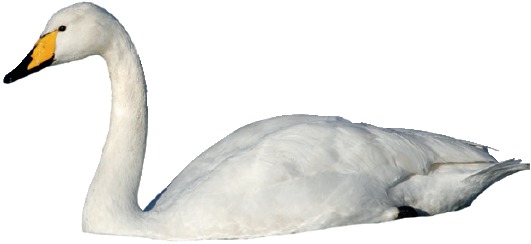
WHOSW p.
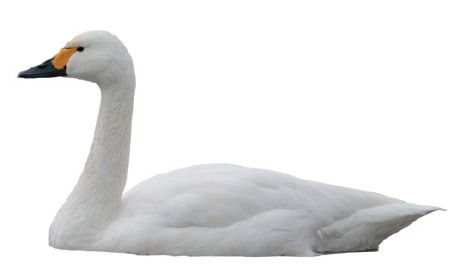
BEWSW p.
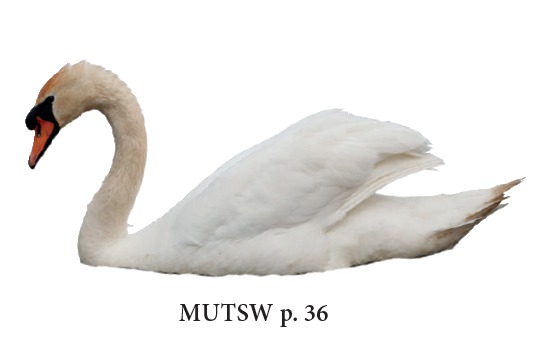
MUTSW p.
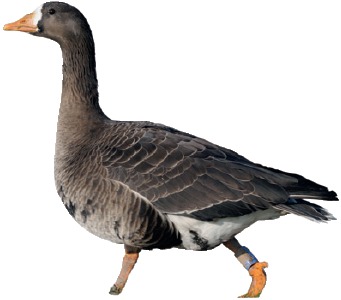
WHFGO p.
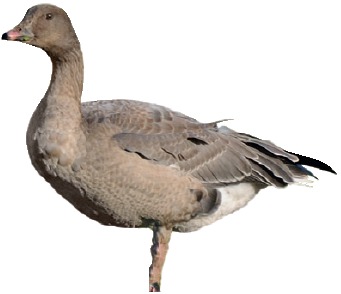
PIFGO p.
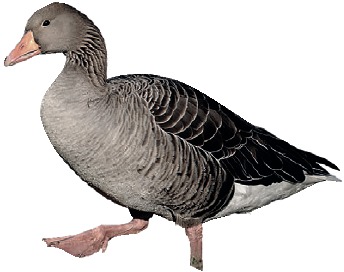
GREGO p.

BEAGO p.

CANGO p.
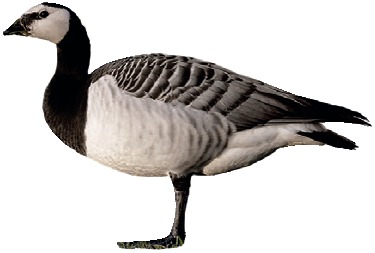
BARGO p.
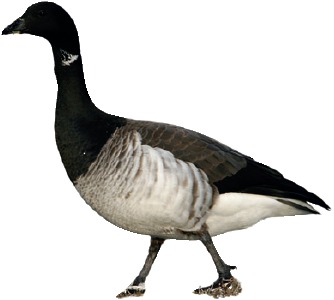
BREGO p.
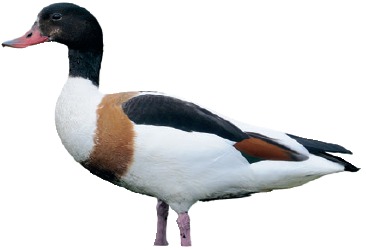
SHELD p.
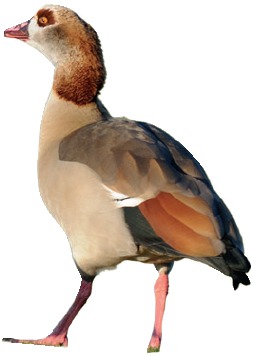
EGYGO p.

MANDA p.
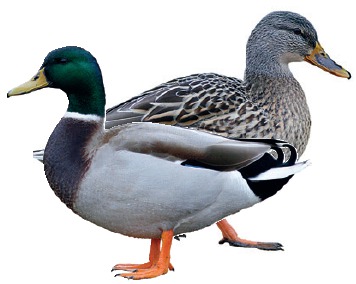
MALLA p.
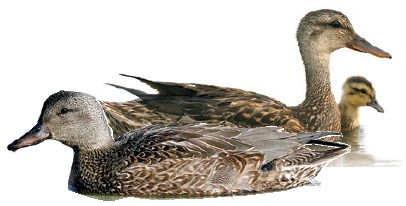
GADWA p.
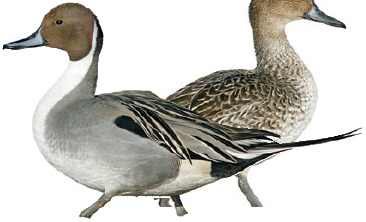
PINTA p.
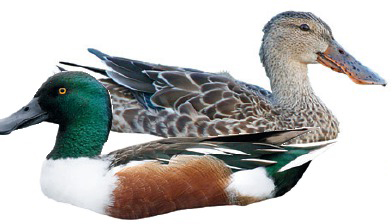
SHOVE p.
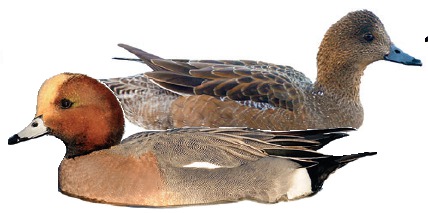
WIGEO p.
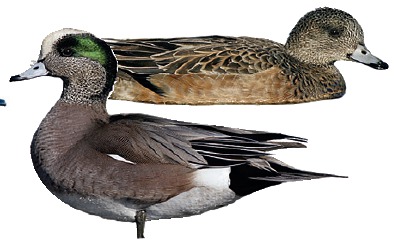
AMEWI p.

GARGA p.
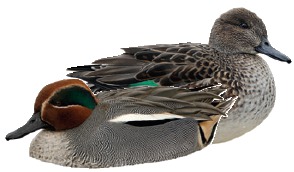
TEAL p.
